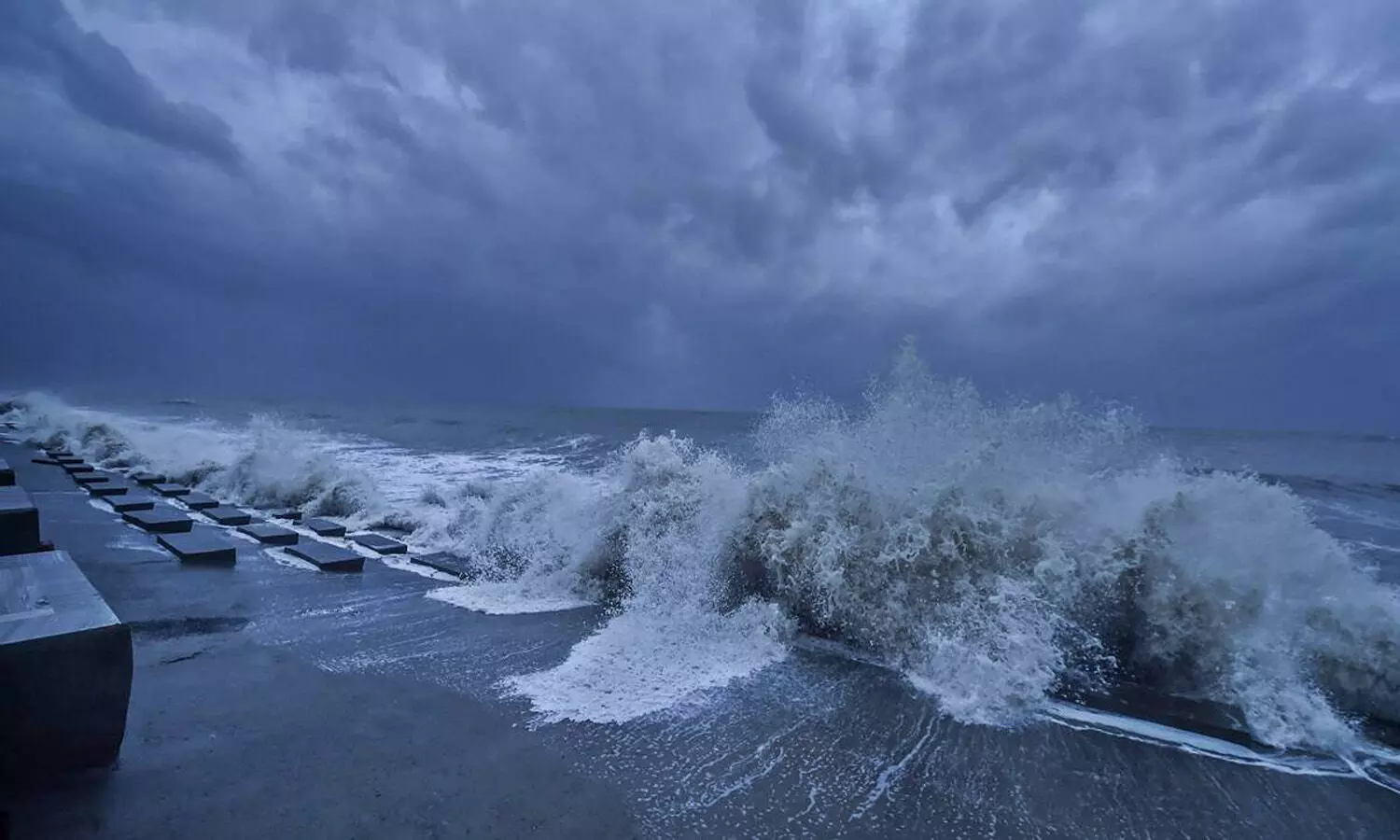TRENDING TAGS :
Another Cyclone coming? IMD predicts formation of low pressure area by June 11
The India Meteorological Department (IMD) has predicted another low pressure area formation by June 11.
Weekly Roundup: Political Expulsions, COP28 Summit Tensions, and Cyclone Michaung Aftermath
The India Meteorological Department (IMD) has predicted another low pressure area formation by June 11. Low pressure area may or may not turn into cyclone but it's the first step in formation of any storm. And if this converts into cyclone, India would witness third cyclone — after Tauktae and Yaas — within weeks.
Cyclone Tauktae was formed on May 14 and dissipated on May 19. Tauktae was formed in Arabian Sea. Just a week later, Cyclone Yaas hit the eastern coast of the country. It was formed on May 23 and dissipated on May 28.
In its latest update on Monday, the department said that a low pressure area was likely to form over North Bay of Bengal around 11th June. Southwesterly winds over Arabian Sea was also likely to strengthen from 10 June.
"Under its Influence, Southwest Monsoon is likely to advance into remaining parts of Maharashtra (including Mumbai), Telangana and Andhra Pradesh by 11 June; Odisha, West Bengal, Chhattisgarh, Jharkhand, Bihar, East Uttar Pradesh, some parts of Madhya Pradesh, and Gujarat state during 11-13 June," it said in a statement issued on June 7.
Weather Forecast and Warning
The IMD has predicted fairly widespread to widespread rainfall over most parts of eastern India and adjoining central India from 10th June onwards. Isolated heavy to very heavy rainfall is likely over Odisha and Gangetic West Bengal on 10th & 11th June; over Jharkhand on 11th and over East Madhya Pradesh, Vidarbha, Chhattisgarh on 11th and 12th.
Preparing for stormy weather
However, government preparedness and improved warning systems are still not adequate to prevent the loss of property and lives. The government has adopted a long-term disaster management policy, which is aimed at improving warning systems, constructing cyclone shelters, linking roads connected to cyclone shelters, building or renovating saline embankments, and providing pucca houses to eligible beneficiaries, especially those living in vulnerable coastal areas. Enhanced coverage of shelter-belt plantation and the regeneration of mangroves have, to some extent, diminished the impact of cyclones.
The government must adopt a zero-fatality approach to minimize damages from cyclones by modernizing disaster management mechanisms and making greater investments in cyclone risk mitigation infrastructure. Finally, a larger number of coastal districts should be brought under the National Cyclone Risk Mitigation Project, a flagship programme of the Government of India on cyclone risk mitigation.
Stay tuned with the newstrack to get fastest updates. Click @englishnewstrack to follow us on Facebook and @newstrackmedia to follow on Twitter.



